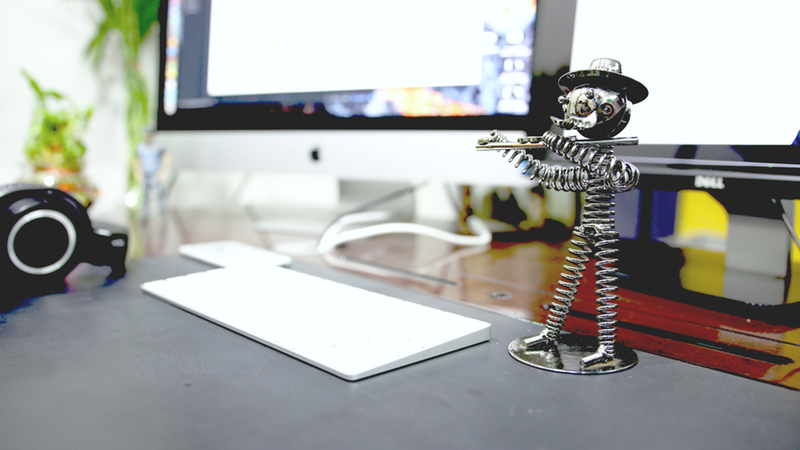Empathy: Understanding Users
Episode #3 of the course Introduction to design thinking by Lee-Sean Huang
As we covered before, the first step of DT is discovering unmet user needs and untapped opportunities. Discovery requires empathy to understand human emotions.
The technical term for discovering user needs with empathy is contextual inquiry. You may also hear terms like “user research” or “design research.” This involves observing and interviewing users where they live, work, play, or otherwise use or interact with a product or service.
A Story of GE Adventure Series
One of the most touching and transformative examples of applying DT empathy in action is the story of Doug Dietz and what became the GE Adventure Series. Dietz is an industrial designer who designs medical machines like MRI and CT scanners. These are large, imposing machines that often require patients to stay very still in often coffin-like conditions while enduring the loud and intimidating hums and drones of the hardware.
One day, Dietz made a visit to a hospital to see one of the machines that he had designed in action. His sense of professional pride soon turned to distress when he noticed a young patient terrified by the idea of entering and being scanned by the behemoth of a machine. Dietz discovered that these medical scans were often so distressing for patients that one of the hospitals in the study had to sedate up to 80% of the children needing the scan.
To improve the situation, Dietz and his team interviewed patients, their parents, and medical professionals to understand the difficulties posed and emotions triggered by the medical scanners. They also collaborated with experts from children’s museums to find potential solutions to the issue. Finally, GE Adventure Series was the solution. Using paint, mood lighting, colored decals, and the power of storytelling and imagination, the team transformed a scary medical scan into a roleplaying adventure under the sea, in the jungle, and beyond. In one iteration of the Adventure Series, young patients were instructed to lie in the undersea-themed scanner and to stay still while they watched the fish (painted on a rotating part of the scanner) swim by.
As a result, sedation rates dropped down to as low as 3%. Empathy and a reframing of the problem to work around constraints transformed the lives of thousands of sick children and their families.
Learning contextual inquiry well requires time and practice. Shadowing a skilled design researcher or ethnographer is the best way to learn. But there are a few rules of thumb to help you start out on your own.
Mascots for Contextual Inquiry
We have three animal mascots to help us remember the basics of DT discovery: Silent Sponge, Paraphrasing Parrot, and Probing Puppy.
Silent Sponge. Shh! As the interviewer, sometimes you just need to shut up and let your interviewee talk. They should be talking more than you are.
Paraphrasing Parrot. Take the time to paraphrase what you learned and to make sure you understood correctly. This gives you a time to take notes and for the interviewee to have a bit of a break from talking.
Some useful phrases:
• “If I understood correctly …”
• “To paraphrase …”
• “I think you are saying …”
Probing Puppy. Based on what you hear, you can ask the interviewee to elaborate and go deeper.
Some useful phrases:
• “Can you tell me more about … ?”
• “Tell me a story about when …”
• “What do you mean by … ?”
Now you are ready to start practicing contextual inquiry with people in real life. Tomorrow, we will continue our discussion of understanding and making sense of what we learn from our contextual inquiries.
Recommended reading
By Turning Medical Scans into Adventures, GE Eases Children’s Fears
Recommended video
Transforming Healthcare for Children and Their Families: Doug Dietz at TEDxSanJoseCA 2012
Recommended book
Wired to Care: How Companies Prosper When They Create Widespread Empathy by Dev Patnaik
Share with friends

